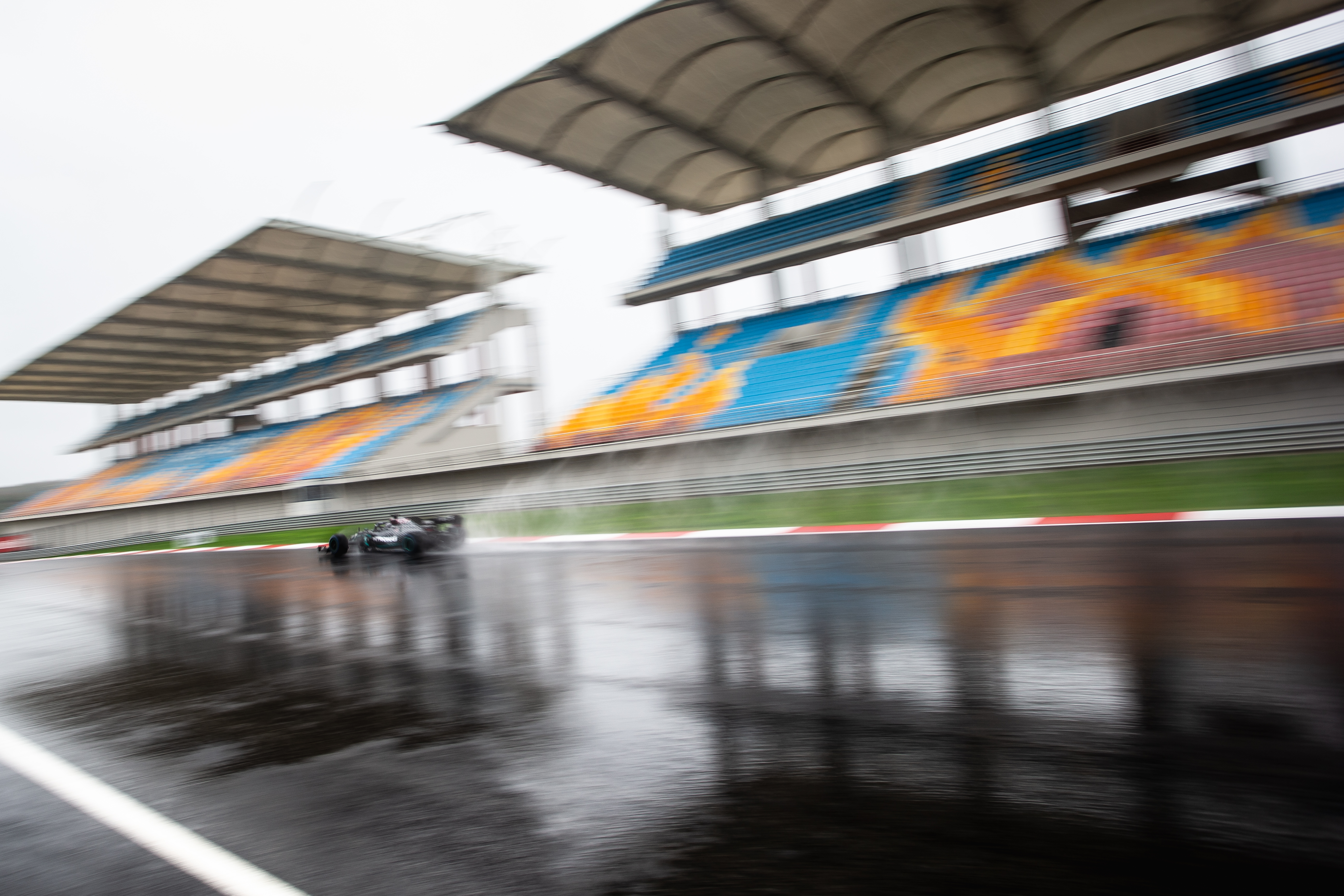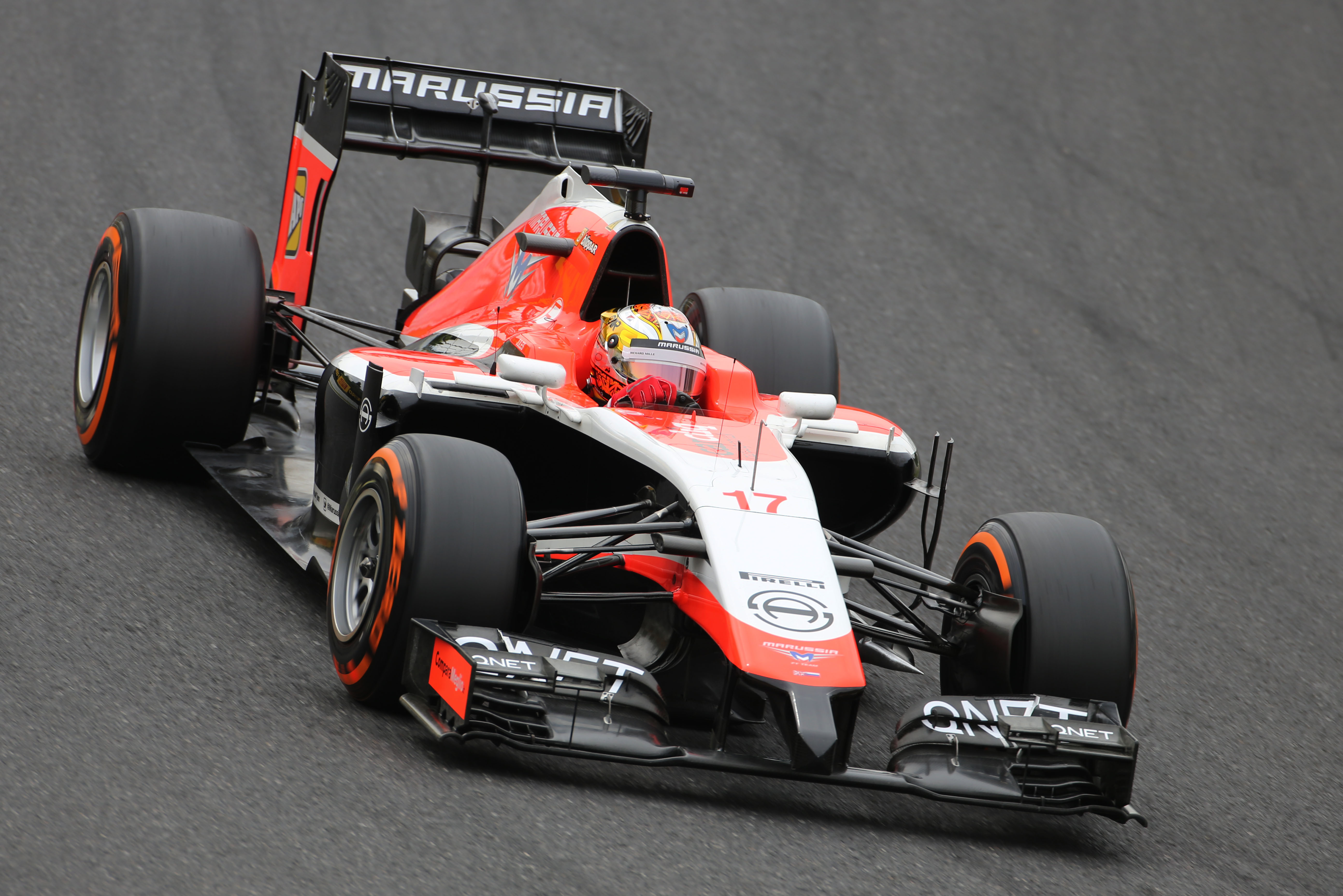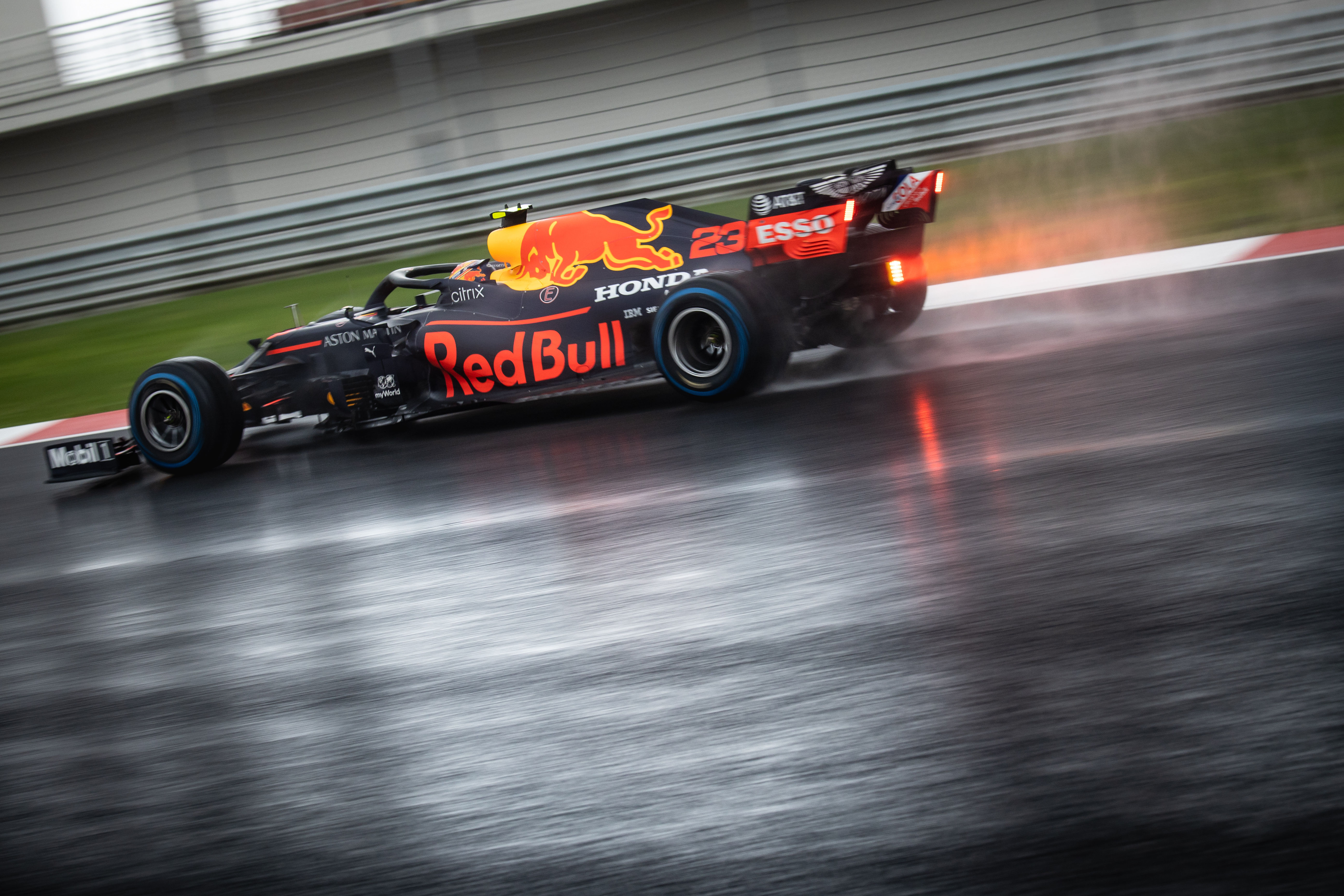Up Next

The sight of cars on-track in qualifying for Saturday’s Turkish Grand Prix while a recovery vehicle remained in the run-off at a high-speed area was an unwelcome throwback.
This Q2 incident’s been explained as the result of the clerk of the course indicating that the recovery vehicle would be out of harm’s way by the time the cars arrived at Turn 8, so it was deemed OK to release them from the pitlane. Then there was a delay getting the vehicle through the barrier so double-waved yellows were thrown to slow the cars down.
The yellows were insufficient. There’s no way they can be trusted to keep cars under control when there’s a recovery vehicle in the run-off. The track was wet, it’s been notoriously low-grip all event (the only real talking point…) and tyre temperatures have been critical. Conditions were extremely difficult and we’d seen drivers go off even without pushing: a recipe for a spin, even (perhaps even especially) on an outlap.

In addition, while double-waved yellows require drivers to reduce their speed significantly and even be prepared to stop, just two weeks ago they were missed by Lance Stroll during the race at Imola. And as a result he arrived on a scene where marshals were working trackside at pretty much full-speed. One was even still on the track, sweeping away debris.
There is therefore very recent precedent that double-waved yellows don’t work. But in this instance they are a red herring, one we’ve entertained long enough.
The yellow flags were never the justification for the session starting with a recovery vehicle still within striking distance, they were the emergency measure thrown to minimise the risk once the mistake happened. And there shouldn’t have been a risk to minimise.
The only tiny sliver of consolation from tragedies like Bianchi’s is that they are learned from
If it was expected that the recovery vehicle would take such little time to get behind the barrier, why not just wait for that to happen and then release the cars? Why allow any risk to creep into a situation that could have been controlled completely?
It would have been handled differently with the benefit of hindsight; says the FIA. But what further hindsight is required than the knowledge from six years ago, when Jules Bianchi had a crash that cost him his life when he slid off the road under yellow flags during the Japanese Grand Prix and hit a recovery vehicle?

The only tiny sliver of consolation from tragedies like his is that they are learned from. That the thought process and procedures that should have saved his life are used to prevent others facing a similar danger. And that means taking every possible step to avoid the conditions that risk a repeat.
Of course, no car slid off the road in Turkey. No car missed the recovery vehicle by a few vital inches, let alone collided with it. Nothing actually happened.
For that reason, some will think this is over the top. It may seem an emotional response. It is, to a degree. It’s born from the shock that this scene played out.
Motorsport is dangerous. Drivers cheat serious injury, perhaps even death, on quite a regular basis. But the risks should always be reduced to those that are absolutely necessary and unavoidable.

It’s lamentable when any dangerous situation is allowed to occur needlessly. Let alone a situation bearing horrifying similarity to the only fatal accident in F1 in more than 25 years.
The FIA has said it will work to avoid a repeat. I expect every measure to be taken to ensure that is the case – and this time it actually isn’t repeated.
F1 is lucky there’s nothing more serious to regret.




